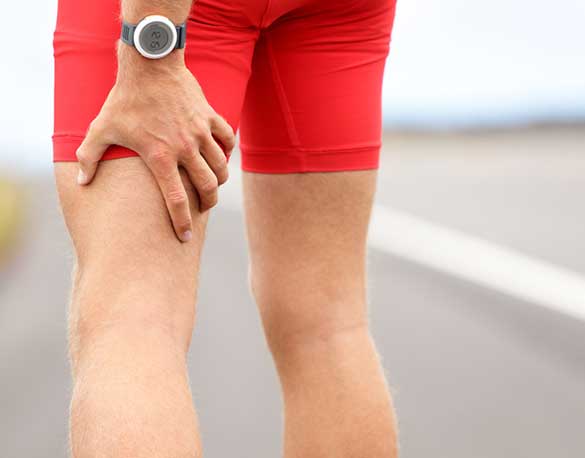
Tissue tightness plays a role in the type of pain that’s experienced with many common injuries or conditions.
- It’s done to break up scar tissue and reduce restrictions in connective tissues throughout the body.
- The goal with this type of deep tissue manipulation is to minimize discomfort and improve function.
What Types of Pain May Be Treated/Managed?
Ideal candidates for the Graston Technique are individuals who have not suffered a major injury but have some degree of muscle strain or tightness. Back pain, for instance, is often triggered by muscle spasms or damage to supporting ligaments and tendons. Other minor injuries or physical traumas that result in the abnormal binding of scar tissue could also respond well to instrument-assisted therapy. Such injuries may include or involve:
- Pulled hamstrings
- Non-specific lower back pain
- Tight hip flexors
- Meniscal tears
- Shoulder pain
- A general decrease in flexibility
- Iliotibial (IT) band syndrome


How Does the Graston Technique Work?
The Graston Technique is performed with stainless steel, handheld instruments. These specialized tools are designed to help practitioners identity areas with injuries or some type of restriction. There are six core instruments with rounded edges used to detect tissues that need to be manipulated. Graston tools are applied to affected areas with a cross-friction massage technique. It’s done by rubbing different instruments against the grain of the scar tissue that needs to be gently broken up enough to restore full movement or range of motion.
In order to break up scar tissue, a small amount of trauma has to be applied to the area being treated. Doing so may result in temporary inflammation. What this does is increase blood flow and circulation in the affected area. It’s believed that causing minimal trauma actually promotes a more efficient healing process. Because of the way tissues and muscles in the body are connected, the Graston Technique may be applied to related areas to produce more widespread relief.
What Are Potential Benefits for Patients?
If the Graston Technique is effective, patients may be able to decrease dependence on pain medications or NSAIDs (non-steroidal anti-inflammatory drugs) with possible side effects associated with long-term use. With opiate painkillers, there’s also the risk of addiction with prolonged use. In addition to experiencing relief from chronic pain and enjoying overall improvements with quality of life, patients may also benefit from:
- Faster recover or rehabilitation periods
- Increased range of motion and flexibility
- Less pain around joints
- More productive tissue healing
As with other pain management efforts, results from the Graston Technique will vary. There may be some minimal discomfort during the treatment, although there are no serious side effects or risks associated with it. Research available on the effectiveness of this technique has shown positive results for patients with acute and chronic pain related to soft tissue injuries. Depending on the nature of the injury or condition being treated, the Graston Technique may be combined with different forms of physical therapy, including hot and cold applications and other types of massage therapy.


